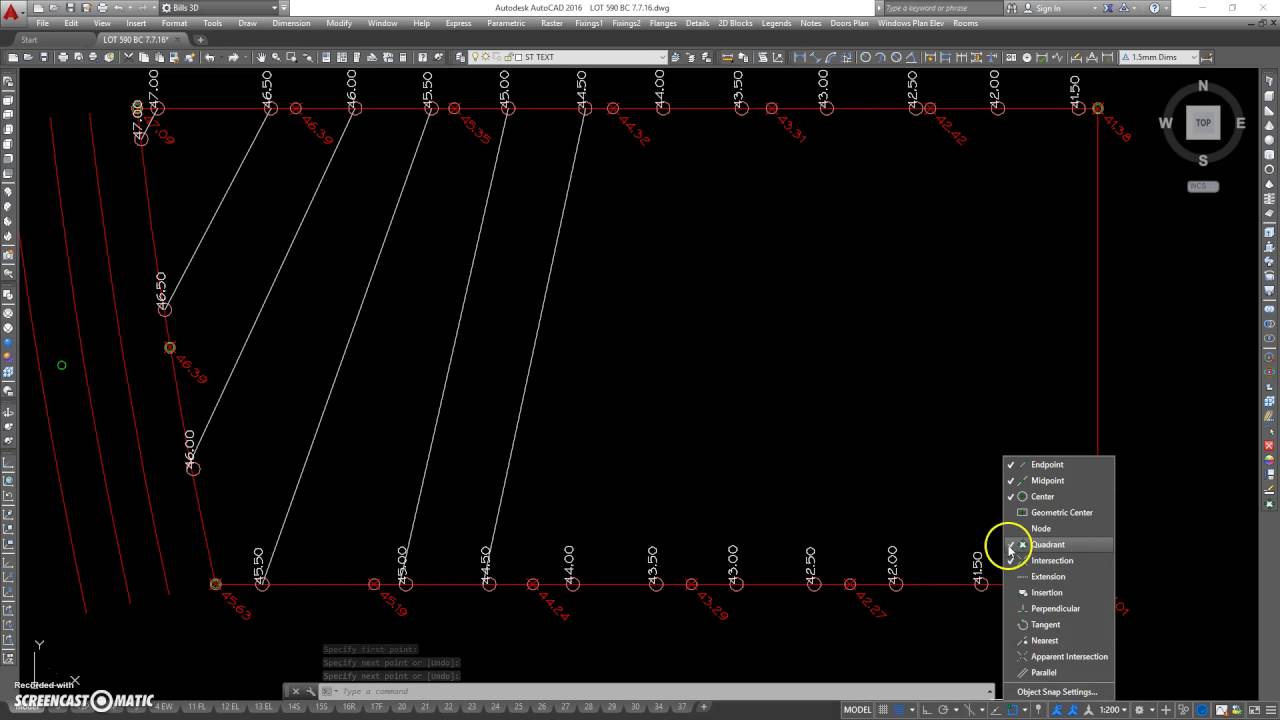

Thanks for visiting and don’t forget to subscribe to the newsletter for your free CAD Title Blocks The form is just below as well as in the sidebar. I really hope I was able to help you out and fully explain the joining process for you in the video, but if you have any questions left at all, please don’t hesitate to ask me in the comments below. with a zero fuzz distance, however, this may be easily altered if necessary. To view the whole process along with multiple examples and an easy to follow walk through just watch the video below:) A selection of useful programs for manipulating polylines in AutoCAD: join. It can even convert lines, arcs, circles, and splines to polylines. PE(PEdit), short for polyline edit, allows you to edit polylines, 3D polylines, and 3D meshes, with even more options. You can use it to move along an axis or to rotate. I mean, invoke the command, set the first elevation and them select the polylines. Simply select the segment(s) that you need and then enter MANIPULATE into the command line. So looking for lisp doing that automatically. I have to set elevation for each polyline manually, and I waste a lot of time doing that.

We’ve now joined our separate line segments into a single polyline or polygon. I create contour line in TOPOGRAPH program, and I import these polylines to AUTOCAD.


PLJOINFUZZ.LSP Joins lines, arcs and polylines using a fuzz distance If only one object is selected it. Hi, I am trying to join some polylines together and am having issues where I set the fuzz distance, but the line segments added are far greater than what I have specified.
Autocad lisp select polylines with fuzz code#
(prompt (strcat "\nWidth is " (rtos wid))) Click here to download the code as a file. (wcmatch (cdadr (setq elst (entget (setq ename (car dat))))) The fuzz factor is the distance AutoCAD should look from an unattached endpoint. (and (setq dat (entsel "\nSelect source polyline: ")) Just load the lisp, invoke the command DIMPOLY, select the polyline. (defun C:SW (/ dat c elst wid ename pend pt) Here's the modified code that should be saved as "SW.lsp": SWPOLY command originally written by Gravatar Here's a link to the place where I got the original code from Gravatar: There are a few different ways that I've seen others code this functionality into ACAD, but I find that SWPOLY.lsp is the easiest to invoke and shortening the command to SW allows it to be an easy left-handed keyboard command that isn't being used in my accelerators/workflow. While I try my best, sometimes one must draw another PLINE, and join it to an existing PLINE since it appears that ACAD doesn't have a native command to continue a PLINE from the closest point clicked. I'm lazy so lazy that if I blink twice I get winded, so that means I really hate to prematurely end a PLINE command before completing it.


 0 kommentar(er)
0 kommentar(er)
